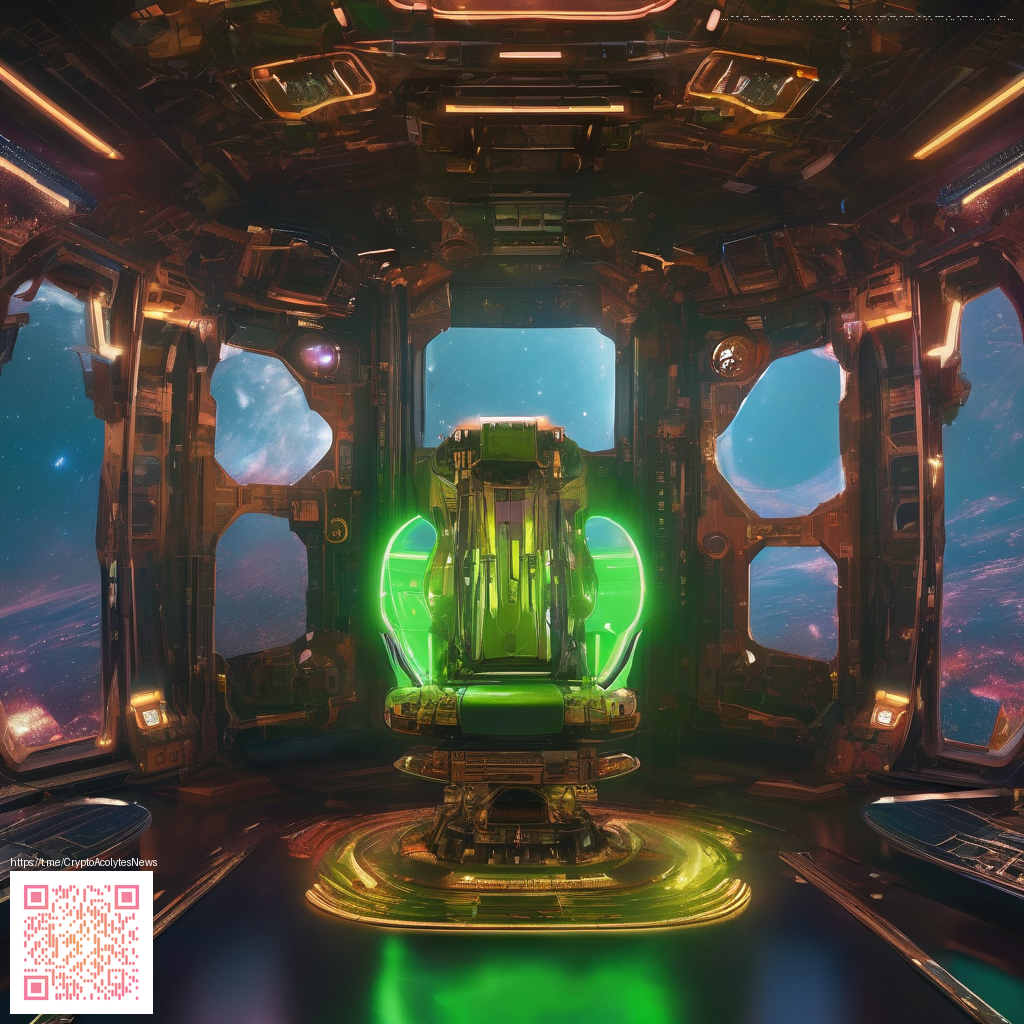
Fresh Ways to Spark Digital Product Ideas
Brainstorming new digital products often feels like chasing a moving target. The most durable ideas come from a steady, repeatable workflow that centers on real user needs, constraints, and a pinch of cross-disciplinary curiosity. Rather than waiting for the perfect flash of inspiration, you can design a process that reliably surfaces meaningful opportunities day after day.
Look Beyond Trends and Fads
Trends catch attention, but they don’t always translate into long-term value. Start by mapping everyday friction points—things users tolerate but secretly wish would be better. When you frame problems rather than features, you open the door to solutions that feel inevitable once you notice them. This shift from “what’s hot?” to “what’s missing?” is where differentiated digital products are born.
Tip: trends are useful, but patterns win. Track recurring complaints, help desk tickets, and customer emails. Those threads often weave into a compelling idea you can prototype quickly.
Listen to Real Users, Not Just Data
Data can point to opportunities, but conversations reveal the why behind those numbers. Schedule short interviews or surveys with a diverse set of users, and listen for moments of frustration, not just features they say they want. The aim is to surface hidden jobs-to-be-done—what the user is trying to accomplish before they realize they need help. If you’re unsure where to start, consider analyzing support threads or user forum posts to identify persistent pain points.
Inspiration can come from surprising places. For instance, the Customizable Desk Mouse Pad shows how even a familiar object can spark ideas about tactile personalization, modular design, and materials that support longer sessions without fatigue.
Embrace Cross-Industry Inspiration
Some of the strongest product ideas emerge at the intersection of disciplines. Look to hardware, software, services, and even non-digital domains for concepts you can translate into a digital product. A good exercise is to pick a non-tech workflow (like planning a trip, organizing a kitchen, or managing a household budget) and design a digital tool that makes that process simpler or more delightful. Your best ideas often arrive when you combine familiar patterns from one domain with the constraints and affordances of another.
Use Structured Ideation Techniques
Adopt a few reliable ideation methods to turn scattered thoughts into concrete concepts. Techniques like SCAMPER (Substitute, Combine, Adapt, Modify, Put to another use, Eliminate, Reorder) or Crazy 8s (sketch eight rapid solutions in eight minutes) can unlock unexpected directions. Job stories—focusing on who, what, and why—keep discussions grounded in real contexts rather than abstract features.
- Identify friction points in daily workflows and link them to a digital improvement.
- Storyboard a short user journey to visualize the problem and a potential remedy.
- Prototype a minimal version to test core assumptions with minimal risk.
- Evaluate feasibility vs. impact to prioritize ideas that scale.
Structured ideation doesn’t replace creativity; it channels it. When you couple curiosity with a repeatable framework, you create a pipeline of ideas you can evaluate, test, and learn from—without reinventing the wheel each quarter.
Sometimes the simplest prompts yield the strongest results. A quick challenge is to pick two unrelated domains, like productivity software and physical ergonomics, and brainstorm one feature that would bridge them. The result might be a digital workspace tool that emphasizes comfort, focus, and sustainable work patterns—an idea with potential that you can validate through rapid prototyping.
For readers who want a deeper dive, this approach is discussed in detail on the article page: https://rusty-articles.zero-static.xyz/a3f699a5.html.